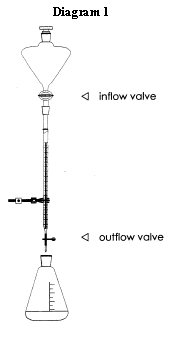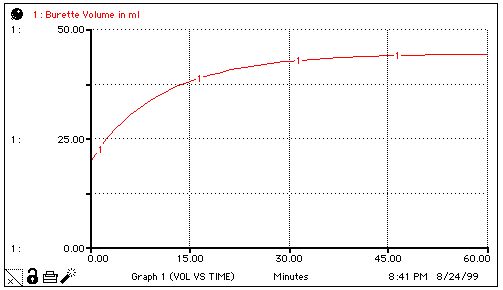
|
Flow Rates Model |
 |
The Flow Rates activity is highly recommended both for math teachers and for science teachers in all fields. It can be used effectively for a variety of content applications and at various points in a course sequence. By allowing students to practice making and testing hypotheses about liquid flowing through a simple burette, it provides an excellent introduction to the scientific method. The collection and analysis of real-time data provides students with the opportunity to use their graphing and algebra skills in a real problem-solving situation. Finally, it facilitates a direct mental mapping between students' demonstration observations and mathematical modeling. |
|
Teacher Materials Student Activity Student Assessment Learning Goals/Standards STELLA Versions
|

|
 |
|
|